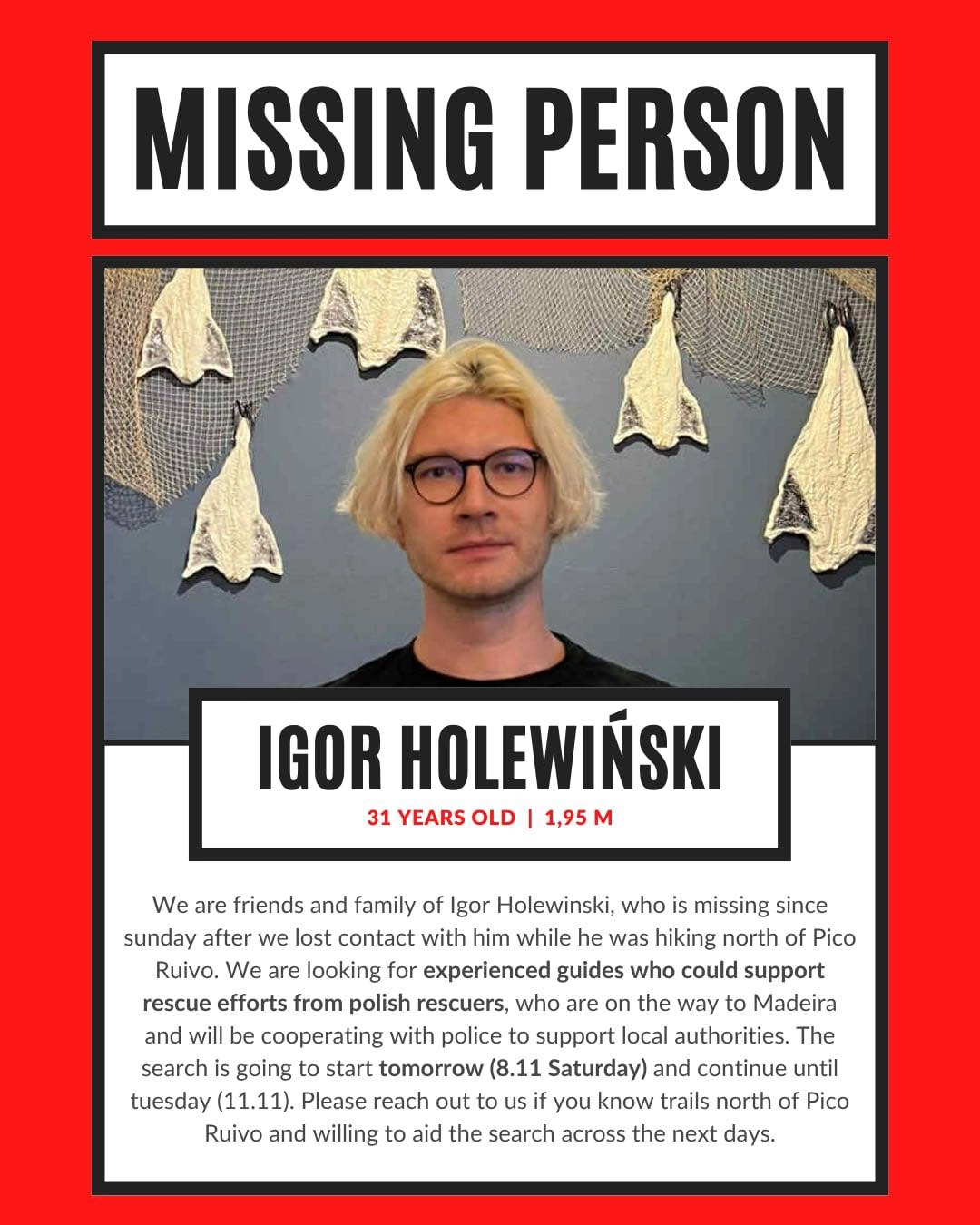Plane Diverted to Canary Islands After Engine Incident
Yesterday, January 6, at 1:50 PM, SAS Scandinavian Airline Flight SK2901 arriving from Stockholm Arlanda experienced a challenging landing that had to be aborted. As depicted in videos circulating on social media, the aborted landing caused a small explosion in Engine N°1. Following this incident, the aircraft initiated a go-around and was unable to complete the landing, diverting towards Las Palmas in the Canary Islands.
https://twitter.com/JacdecNew/status/1743747832622789005
SAS Airline Speaks of Engine Issues
According to Aviation24, the video footage (see above) documented an unsettling incident in which an apparent engine malfunction occurred during the descent. This led to the aircraft ascending again before initiating a subsequent landing attempt.
SAS acknowledged the engine issues but stressed that it did not qualify as an emergency landing. Rather, the decision to divert was a precautionary step, driven by the availability of better technical support at the Las Palmas airport. Following the diversion, the plane landed successfully, ensuring the safety of all passengers and crew members.
Boeing Expert Explains The Incident
LPMA Spotter reports, that a Boeing expert subsequently explained what happened during the incident. Right before landing, airplane engines work like a car in neutral - no more air is going in. When it became clear the plane couldn't land properly, the pilot intentionally maxed out the engine power, causing a quick rush of air and a small explosion in Engine N°1. The expert said these things are normal and happen in fancy cars like with strong engines too. The good news is that the explosion didn't harm the plane's engine.
Madeira's Notorious Record of Challenging Landings and Take-Offs
Cristiano Ronaldo International Airport, has gained a reputation for hosting challenging landings and take-offs, primarily due to its geographical and topographical features. The airport's runway is relatively short, measuring around 2,781 meters. This limited length poses challenges, especially for larger aircraft, necessitating precise piloting skills during takeoffs and landings.
Surrounded by mountainous terrain, the airport features hills and cliffs near the runway. Pilots must navigate carefully, particularly during approach and departure, to avoid obstacles and ensure the safety of the aircraft and passengers. To enhance passenger safety, every pilot operating at Madeira Airport is mandated to have additional qualifications and special training.
Madeira experiences variable and sometimes unpredictable weather conditions, including strong winds and occasional turbulence. Pilots must adapt swiftly to changing weather conditions during takeoffs and landings. Crosswinds are common, requiring pilots to execute precise crosswind landing and takeoff techniques. This adds an additional layer of complexity to flight operations.
An extension was completed in 1986 which added the rest of the solid ground available to the runway, but it continued to be overly short. In 2000, though, construction would begin on another extension, this time adding a whole kilometre extending over the sea on a massive platform held up by colossal pillars.
Impact of the 1977 Madeira Airport Disaster
Madeira airport gained international attention in 1977 when a Boeing 727 experienced a catastrophic accident during landing. Regrettably, the catastrophic incident of the TAP Flight 425 resulted in casualties, causing 133 deaths and 33 injured passengers. The aftermath of the incident necessitated significant changes, including extending the airport's runway - which back then was only 1,600 meters long - to accommodate larger aircraft and improve overall safety measures.
This tragic event not only prompted critical safety enhancements but also played a pivotal role in shaping the airport's enduring reputation for its challenging operational conditions and serving as an instructive reminder of the importance of continuous improvement and vigilance in aviation safety.
Travelling to and From Madeira Airport is Safe
With dozens of planes landing and departing from Madeira airport every day and a total number of over 4 million passengers in 2023, it remains to be said that the airport is safe and meets all safety standards. With the exception of one private Beechcraft airplane, there have been no fatal incidents since 1977. The continuous improvement of aircraft approach management technology and onboard electronics ensures a commitment to safety, which remains the top priority for all flights.








Comments